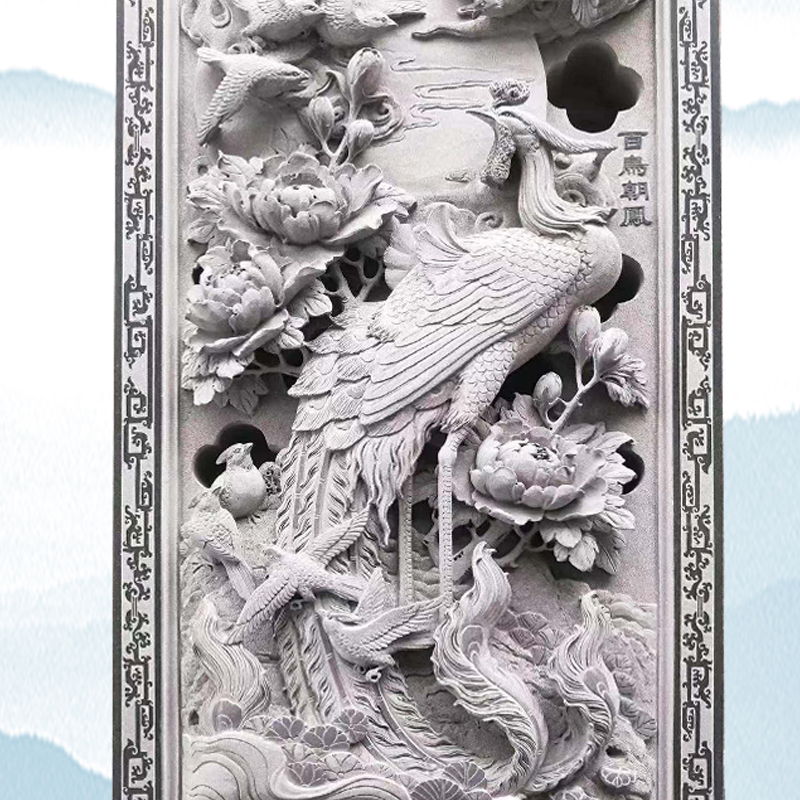Do you know the basic tools and basic materials of stone mountain carving? Then I will analyze it for you and take you to learn more about stone mountain carving knowledge.

1. Main material
The commonly used and cheap main material of stone mountain carving is clay, which is also close to stone mountain sculptors. It has the advantages of strong plasticity, easy modification, small preservation difficulty, wide temperature range and low cost. From small manuscripts to large stone mountain carving, clay is used to shape prototypes.
But not all mud can be used for rock carving. It must be a cohesive, fine-textured soil. At present, the commonly used mud in our country is:
Yellow soil, produced in hilly land, the soil is fine and sticky.
Green gray soil, produced in the Jiangnan area of my country, has stronger adhesion than yellow mud, and the soil is fine.
Earth red clay, fine soil, good viscosity, small shrinkage, is the ideal soil for stone mountain carving.
Clay, with uniform particles, strong viscosity, fine soil quality, but relatively large shrinkage.
These muds should be stirred several times before use, so that the effect will be better.
In addition to using mud for stone mountain carving, there are also materials such as oil mud, flour, and sugar for stone mountain carving. Flour and sugar are mostly used by the people, and oil mud is often used by stone mountain sculptors. Oil sludge is a kind of artificial synthetic material, which is melted from waste rubber, wax, vegetable oil or engine oil, talcum powder and other materials. It has the characteristics of strong viscosity and not easy to crack, but it is greatly affected by temperature, high price and small quantity, so generally stone mountain sculptors often use it to make small manuscripts or works of smaller size.
2. Auxiliary material
There are many auxiliary materials for stone mountain carving, and they are mainly for strengthening the strength of stone mountain carving. These materials are wood, metal, silk and hemp and so on. There are square logs, round logs, planks, and blocks of wood. Metals include steel bars, angle irons, iron wires, iron nails, etc. Comprehensive materials include brown rope, brown silk, plastic film and so on.



